|
Do you know the fascinating history behind the chain mail sword-women sub-genre of sword and sorcery fantasy fiction?
It all began in a land, long long ago. The character Red Sonja was one of the first heroines depicted in a chain mail bikini. Why a metal bikini? Because the artists of the 30s, 40s, and 50s--a time when cheesecake pinup girls and bombshell girls were dominating pop-art--depicted women as hypersexualized super-babes. The ideal male fantasy, so to speak. This excerpt from Conan.com helps to clarify: "The pneumatic Red Sonja, of chain mail bikini and Brigitte Nielsen fame, was created in 1973 by Roy Thomas and Barry Smith..." and that "Boris Vallejo’s artistic genius helped ensure that her outfit became a cheesecake fantasy cliché. Red Sonja is very much a creation of her time..." The key phrase being a creation of her time. She was a 30's supporting character brought into prominence as a comic book character, a visual medium which incorporated the cheesecake fantasy of hypersexualized, powerful women. Indeed, there is a lingering hypersexualized and exploitative nature of the chain mail bikini outfit and its relationship to cheesecake pinup art. I've never denied this. But, when it comes to identifying your genre, this is one of the established genre tropes that won't likely change anytime soon. Why won't it change? Because like ray guns or magic wizards, it was one of the very pillars the Sword and Sorcery and Space Fantasy genres were built upon. It is an aesthetic that has remained the same for 86 some odd years. The trend of depicting powerful fantasy women as ideal women continued into the art of the book covers for Sword and Sorcery fantasy beginning with the work of Robert E. Howard. Nearly 95% of the readership of the sorts of fantasy magazines Howard was published in was male, so many of the stories featured a naked woman swooning and falling into the arms of Conan. This wasn't Howard's choice but the publisher's who wanted to take advantage of advertising to their male demographic. Some time later, heroines such as Jirel of Joiry and Dark Agnes would done the infamous metal bikinis as well. And, of course, my Jegra Alakandra character wears the same as an homage to chain mail bikini heroines of the sword and sorcery classics. My Gladiatrix of the Galaxy series revolving around the exploits of my gladiatrix heroine, Jegra Alakandra, takes place on a desert world and in the sandy arena. She's, as I mentioned, a gladiatrix (e.g., female gladiator) and is made to wear provocative and revealing clothes. A female reader once wrote me an angry letter demanding I explain why I made Jegra fight in a bikini. I tried to explain that historically speaking, female gladiators were forced to fight in the nude. So, actually Jegra is overdressed. Even so, this didn't seem to matter to her, because in her mind I wasn't writing a historical fiction. I was writing sci-fi. But, that just goes to highlight the misunderstanding. I'm writing a gladiator story, and I did my research because you want to reflect what kind of genre you're writing in, the world building of your story, and in the types of clothes and look of your characters. If, for example, you dressed them up in something else other than skimpy clothes and cool armor that doesn't serve any greater purpose than to look kickass, then it wouldn't be a gladiator story anymore. It would be, well, something else. Another complaint I often get is that a metal bikini couldn't be comfortable because metal bras aren't comfortable. But that is just a criticism from people who haven't looked much into fashion design enough to know that cosplayers design breast-plates that are highly comfortable. Bras and bikinis aren't the same thing, and in the world of fashion everything has its own purpose, including whether it is about utility or merely style. But the criticism that a bikini is too sexy or too revealing is just a strange thing for someone to say. Who appointed you arbiter of the scales of primate sexiness? If you don't want to see a bikini on the beach, then don't go to the beach. Catsuits are revealing too, and if you don't want to see a woman's figure, don't go to conventions where there are lots of women cosplaying characters with catsuits. Besides, if we fight for the right for women to wear what they want at the beach or at comic cons, then shouldn't we allow the same right for fictional women too? One might offer the rebuttal, but you're a man writing a woman, so it doesn't count. You've obviously dressed her up. Yes, but within accordance to what the genre dictates. After all, that's the whole point of gladiatorial fights in the first place--the sheer spectacle. If I wasn't staying true to that, then you'd have a generic action story. But the trimmings matter. Regardless of what I might think, however, there are those who will still disagree with me. That's fine. But their disagreement doesn't change my love of pulp-fiction, exploitation cinema, or the fact that I pay homage to these in my own storytelling and art which incorporates these elements. If you want to make women's equality matter, then stop dictating what they can and cannot wear. A few months back I had one woman reader tell me she wouldn't read my book because the woman on the cover had a bikini on and so she knew a man obviously wrote it. That's actually a sexist attitude to have and it's one I strongly disagree with. Just think of the contra-argument of saying you wouldn't read Harry Potter because a middle-aged woman had written about the life of a young boy which she couldn't possibly understand or comprehend--not being a boy and all. Not only is such a position disrespectful to the author, it promotes a double standard of it being okay for women to criticize male writers but not okay for males to criticize women writers for the same reasons. Imagine if droves of men started boycotting Romance books because the women authors only have half naked, bare-chested hunks on their covers that promote a false stereotype of masculinity and male beauty. If you can see the absurdity with that, then you can understand my point of view a little bit better. And, I know it's not an apples to apples comparison. Women have historically been oppressed by the patriarchal norms of male-dominated society. I get it. And there are parts of culture and society where sexism is invasive and runs rampant. But, my point is, bikinis unto themselves aren't inherently sexist. If I were a woman, I'd gladly wear a bikini to the beach on a blazing hot day without any shame. I'd wear what I want and what felt most comfortable given that climate and that environment. The sexist part doesn't even enter the equation. But for Jegra, she doesn't have that level of freedom. She's a slave and a gladiator. She is told to wear that bikini, and to be provocative, and to go out and entertain. The very fact that she can't wear anything but that damn metal bikini is sort of the point. Because she then takes that persona of hers and turns it into a symbol of hope--just as Spartacus did in ancient Rome when he liberated the slaves and rebelled against the Roman Republic. Spartacus never put on Roman armor. No. He maintained his gladiatorial persona the whole time. Why? Because the slaves saw a slave like them stand up to the man. In my series, Jegra does wear lots of different outfits, but when she goes into battle, she puts back on that metal bikini--for the same reasons Spartacus wore his gladiatorial armor when going into battle against Marcus Crassus. So that all would bare witness to a slave toppling kings. I'm sorry if Jegra's bikini turns women readers away. Making women uncomfortable was never my intent. I try very hard to write real women who are portrayed realistically and with sincerity. I was raised by a single mother, am happily married to a woman who is a wonderful mother and wife, and have a daughter and two sons. I was once asked why I write predominantly strong female characters in all of my stories and my answer has always been the same. I write powerful women to honor them and inspire all the little girls to come. Also, I firmly believe that representation matters. For every ten male action heroes you can name, you will find yourself hard pressed to name even a handful of women heroines in the same genre. Nowhere is this truer than in the Sword & Sorcery and pulp fantasy and science-fiction genres. Off the top of my head I can think of Conan, Thongor, Thundarr, He-Man, Tarzan, Kazar, John Carter, Flash Gordon, Thor, the Incredible Hulk and the list goes on. How many women heroines can you think of in this genre? We know of Red Sonja, right? If you're a huge fan of the genre you might think of a couple more. Jirel and Dejah Thoris, perhaps. But that's about the extent of it. Of the well known women heroines we know of by name, we can think of a total whopping sum of three. Sure, there are probably more. But you have to delve deep into a genre dominated by masculine super-men to find the few women recognizable by name. So, I wrote a strong female heroine warrior goddess because, as I said, representation matters. And its this representation of women heroines in chain mail bikinis like Dark Agnes, Red Sonja, Dejah Thoris and Jirel that helped bring an end to the misogyny in science-fiction and fantasy publishing. These strong women heroines helped pry open the doors for women authors and female readership. Because, at the end of the day, the publishers and editors who were certain nobody would want to read stories about strong, capable heroines were simply wrong. Women and men alike enjoyed the stories starring leading women and the demand only grew from there. I've been criticized for depicting Jegra in a bikini on the covers of my books. But, this has more to do with writing to market and genre recognition. A feminist wrote to me the other day suggesting I change all my covers and cover Jegra up with some actual clothes. But, as I said above, that would have only changed the appearance of the genre. It would have signaled a different set of tropes to readers who would have been disappointed to open the book and find a story about a gladiator instead of a armored up super-soldier, which speaks more to military sci-fi. And gladiators wore, well, comparatively very little in the way of functional armor. Although they were skilled warriors, their armor was never meant for protection. It was, and always has been, a spectator sport. They were dressed for spectacle. And that's the genre I'm telling my story in because I love pulpy sci-fi and space-fantasy. I just so happened to want a strong female protagonist, a real heroine people could get behind because there weren't many warrior women like her. Xena, Wonder Woman, She Hulk and a handful of others. As the only human in the story, I wanted Jegra to feel real. She burps, she farts, she has to take a piss at the most inopportune times--because in this world full of aliens, I wanted to have a running commentary on what it means to be an imperfect human being rising above one's imperfections and striving to become something better. My point is, Jegra doesn't wear a bikini because I wanted a cheesecake pinup girl. No, she wears a bikini because that's what the genre and story dictate she wears. And if you don't like that particular genre, fine. Nobody is forcing you to read it. And nobody is forcing you to provide inaccurate commentary that willfully ignores nearly 90 years worth of history regarding this kind of genres and its various tropes either. If you want to criticize cheesecake pinups, for example, which so often depict a nubile young woman as little more than eye-candy to appease the male fantasy, then go right ahead. But just realize, Jegra is not a cheesecake pinup girl and never has been. She's never put in such compromising positions as that. She wears a metal bikini, sure, but every cover depicts her in a strong action-oriented pose. She's always fighting an opponent and showing off her prowess as a warrior. It's a celebration of feminine power and beauty without being made into a mere object for men to fantasize about. If you love powerful women, though, then there's plenty to fantasize about. Because, even as she's no pinup girl, she most certainly is an idealized fantasy. But what hero or heroine isn't? I'm lucky in that, these days, there is a general acceptance of strong, female heroes and heroines, because this hasn't always been the case. In the 1930s, Robert E. Howard pitched his Dark Agnes stories to his editors. However, publishers of the day told him that men wouldn't read women heroines in science fiction and fantasy magazines. They frequently turned down his story ideas starring leading women because they just didn't think men would be interested in strong females that overshadowed the male leads (never mind about any of the women that might actually read fantasy and science-fiction -- they weren't even so much as an afterthought). Even so, Howard persisted and created numerous female heroines and placed them as leads in his Conan stories. In fact, the womanizing Conan was submissive to a few of them, including the swordswoman Valeria and the queen Belit as well as Devi Yasmina. Dark Agnes was probably Howard's most famous female heroine. She first appeared in the short story “The Sword Woman” which was published posthumously in 1975, four whole decades after the author's death, to great critical success. Why the late publication of a story he finished 40 years prior? Because, as you probably have guessed, publishers were certain that a female heroine headlining her own story wouldn't sell. Readers didn't want women showing up the men. Nobody would read it. They were wrong, of course. The fantasy and science-fiction author C.L. Moore was so in awe of Dark Agnes that she felt inspired to create and write an entire female heroine sword and sorcery series herself. Enter Jirel of Joiry – the first fantasy sword woman written by a woman. After reading an early draft of Howard's Dark Agnes story back in 1932, C.L. Moore was so enamored by Howard’s mighty heroine that she wrote to him saying: "My blessings! I can’t tell you how much I enjoyed “Sword-Woman”. It seemed such a pity to leave her just at the threshold of higher adventures. Your favorite trick of slamming the door on a burst of bugles! And leaving one to wonder what happened next and wanting so badly to know. Aren’t there any more stories about Agnes?" This helped pave the way for women fantasy authors to be taken seriously and proved that there were women readers who frequently read this typically male-dominated fantasy genre. The final Dark Agnes story only existed as an incomplete manuscript, however, but luckily Howard had written two incomplete drafts of "Mistress of Death" before his untimely passing. Along with is notes and the elements contained in both drafts, there was enough to complete the story. The second Dark Agnes story was completed by Gerald W. Page and it was this version that was first published in Witchcraft & Sorcery Volume 1 Number 5 (January–February 1971). A few years later it was adapted into a Conan tale called "Curse of the Undead-Man" which appeared in The Savage Sword of Conan no. 1, 1974, where the Cimmerian encounters Red Sonja for the first time (in place of Dark Agnes). Red Sonja, and her famous chain mail bikini, would later get the Hollywood treatment and become a major motion picture featuring Brigitte Nielsen and Arnold Schwarzenegger. It's because of the enduring popularity of Howard's female heroines that we can enjoy stories about strong, powerful, and capable women today. Maybe now, knowing some of the history behind the metal bikini and its pulp-fiction roots, you'll understand why it's an inviolable trope and have a little greater understanding and respect for what that metal bikini represents--the birth of the female action heroine.
0 Comments
Leave a Reply. |
Tristan VickBy day I am an educator and a cultural ambassador. By night I entertain notions of being a literary master. In reality I am just a family man and ordinary guy who works hard and loves writing just about as much as I love my family. Just about. AVAILABLE NOWNEWSLETTER
|

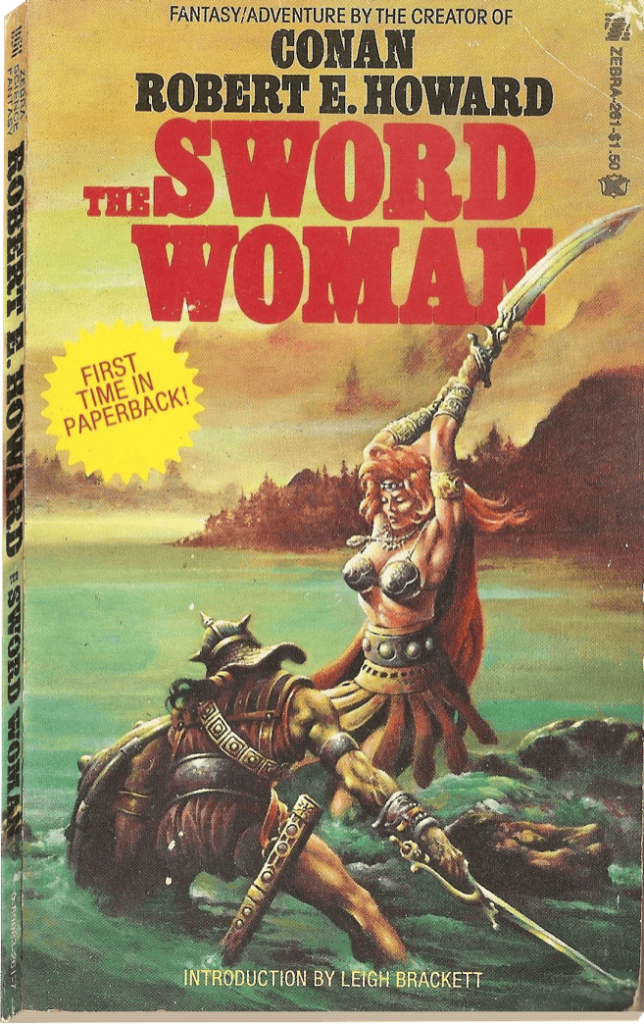

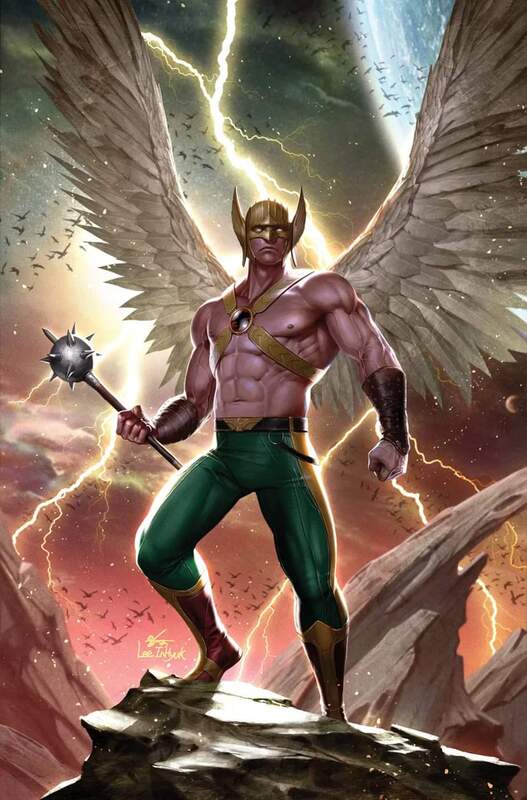
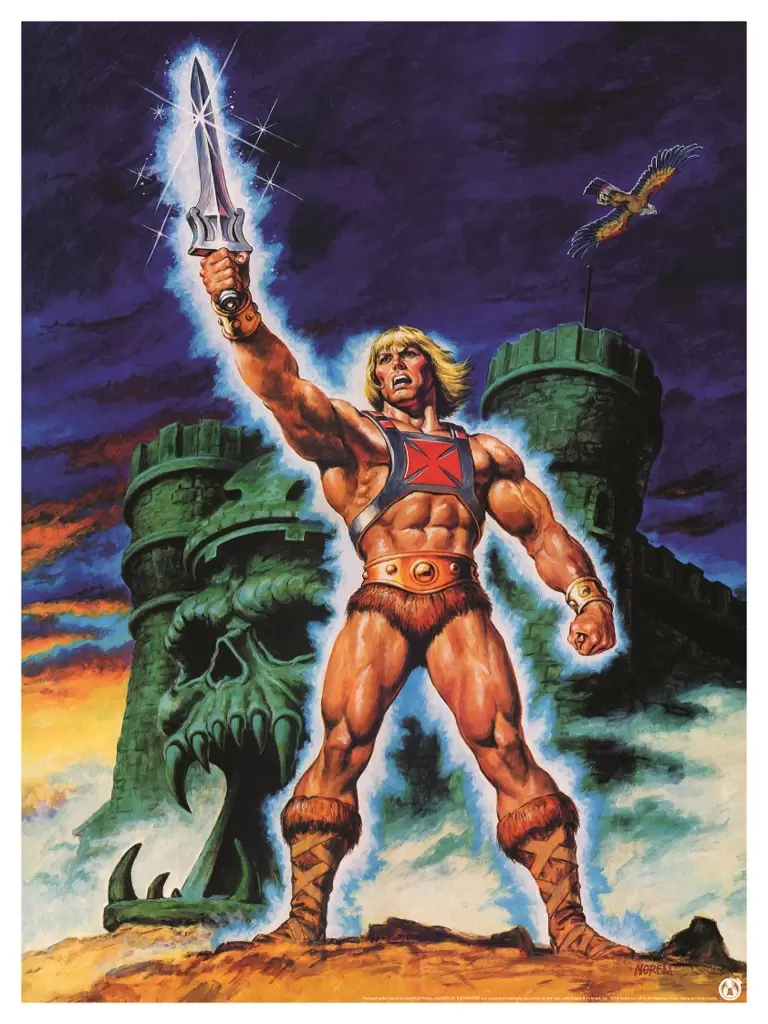


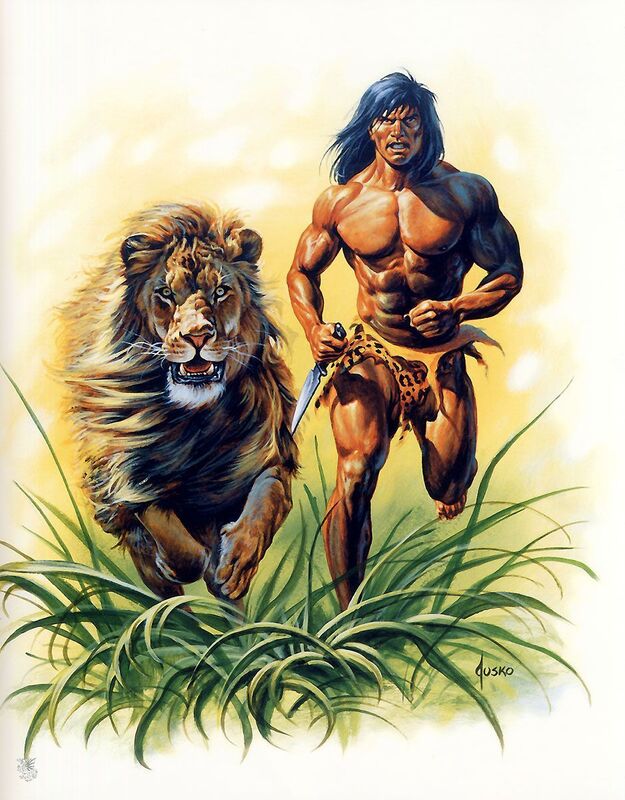



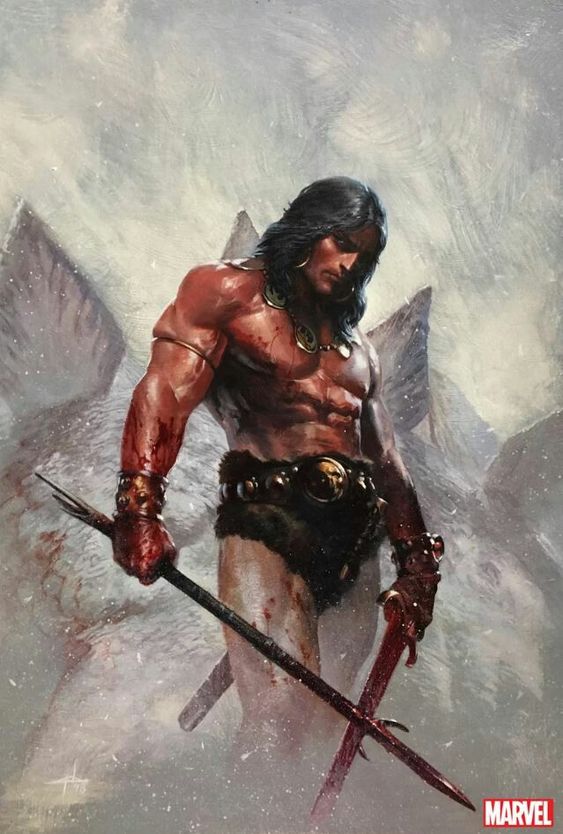
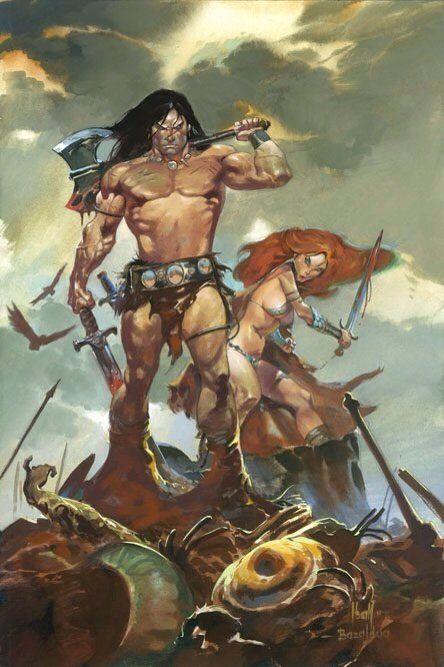
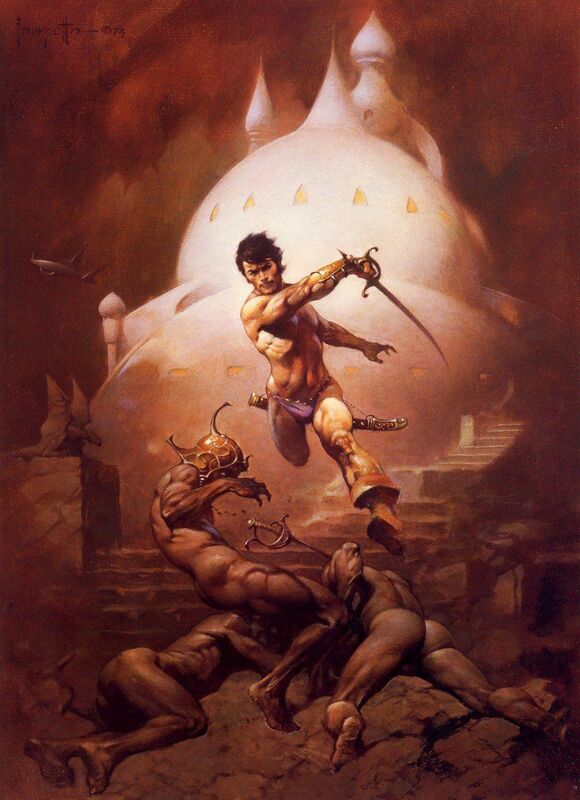


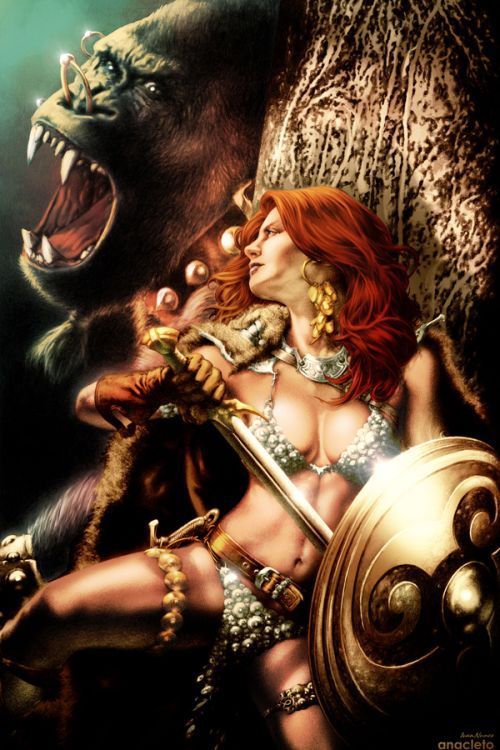
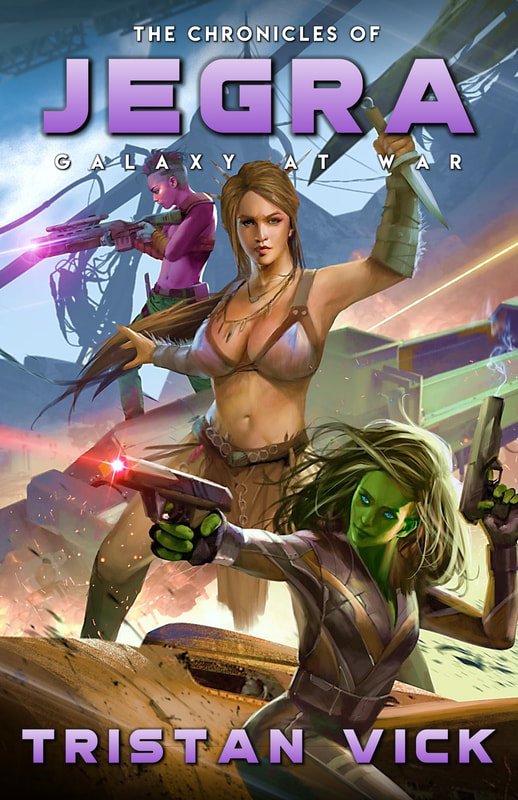



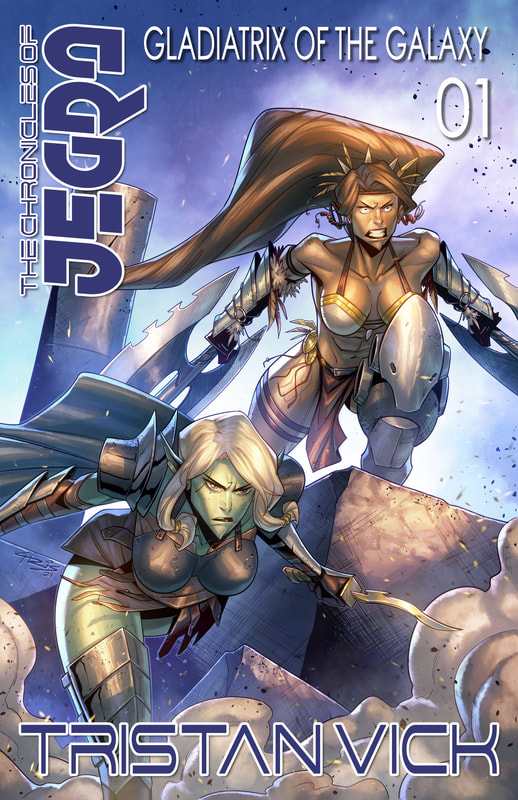
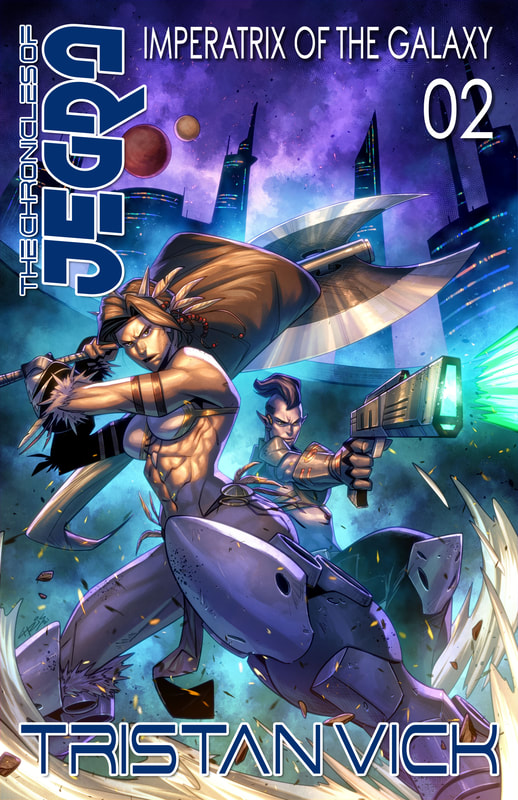

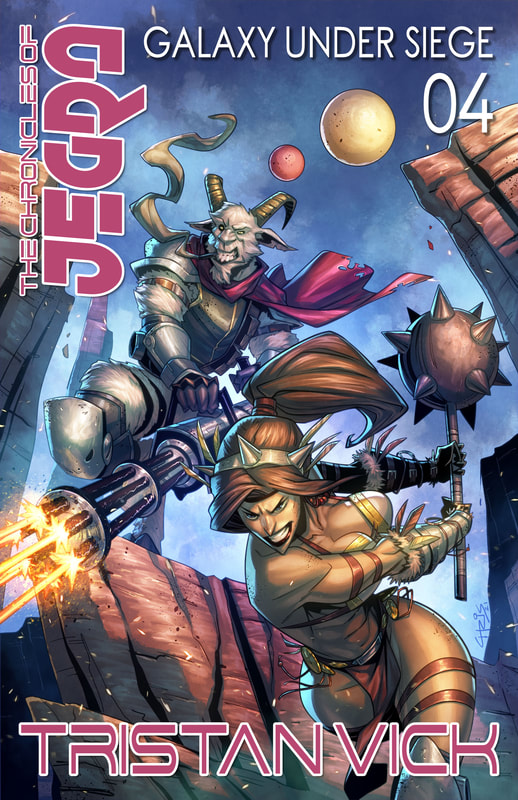

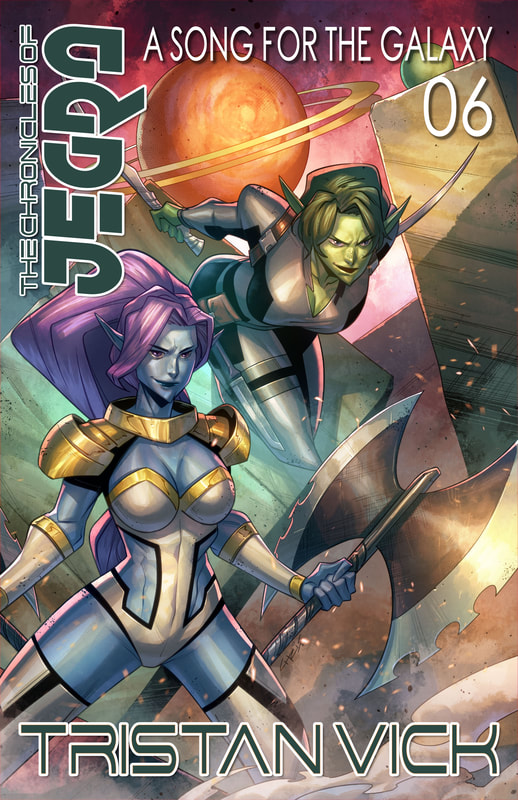

 RSS Feed
RSS Feed

